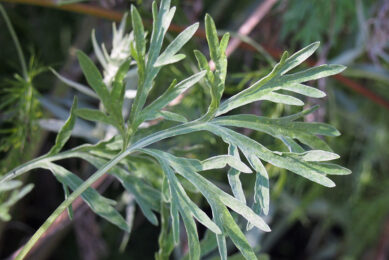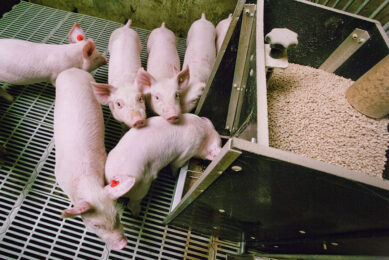The future of sustainability through nutrition
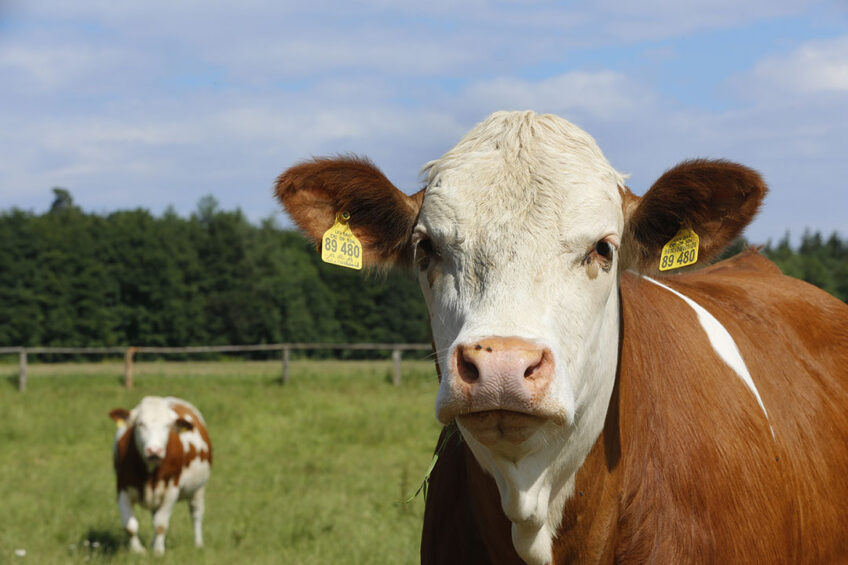
In today’s political landscape, many are using the buzzwords: ‘Global Warming’, ‘Carbon Credits’, and ‘Sustainability’. However, many times true sustainability is not considered, especially when animal agriculture is brought into the discussion.
Sustainability’s definition has evolved over the years, and now most definitions include the integration of environmental health, social equity, and economic vitality for the generations of both today and tomorrow.
Greenhouse gas sources
Globally, the livestock industry accounts for 14.5% of the greenhouse gas emission. While within the livestock industry, cattle are known as the number one agricultural source of greenhouse gas emissions due to the fact of their belching of methane, however, in first-world countries, such as the USA, cattle only account for 4% of the greenhouse gas emissions. Phosphorus runoff from swine and poultry operations has also been scrutinised over the years.
EU ban on zinc
The EU is banning the use of pharmacological levels of zinc and copper in swine diets, citing soil toxicity and antimicrobial resistance.
Renewable energy sources
With carbon neutrality being the ultimate objective, many industries are considering renewable energy sources like wind, solar, and hydroelectricity. Additionally, biofuels and electric vehicles are front runners in sustainability discussions while, more recently, discussion around alternative foods have begun to emerge.
Sustainable production strategies
Over the last few decades, animal agriculture has utilised genetics, improved housing, management changes, and nutritional strategies to become more efficient protein producers. These improvements have resulted in tremendous improvements in sustainability, from land and water usage to emissions. Although agriculture continues to make strides towards better sustainability, current social and political landscapes will present some of the biggest challenges today’s production has seen and will test the true sustainability of animal agriculture.
Low protein diets and feed additives
One area of exploration to reduce ammonia and other greenhouse gases in monogastric systems is with low crude protein diets with substitution of crystalline amino acids (CAA) and other feed additives. This area is not a new concept as a study reported that feeding reduced crude protein (CP) diets (12.2% versus 18.7% CP) produced a 40% reduction in aerial ammonia concentrations. Further studies have shown that decreasing dietary protein in finishing pigs from 22 to 18 to 16 to 13% results in reduced ammonia emission rates per animal of 8.27, 5.89, 3.89 and 3.11, g d−1 animal−1, respectively (P<0.001). Hence any reduction in dietary protein will be of benefit in terms of reducing nitrogen emissions.
Figure 1 – Swine diets supplemented with phytase show reduction in ammonia emissions.
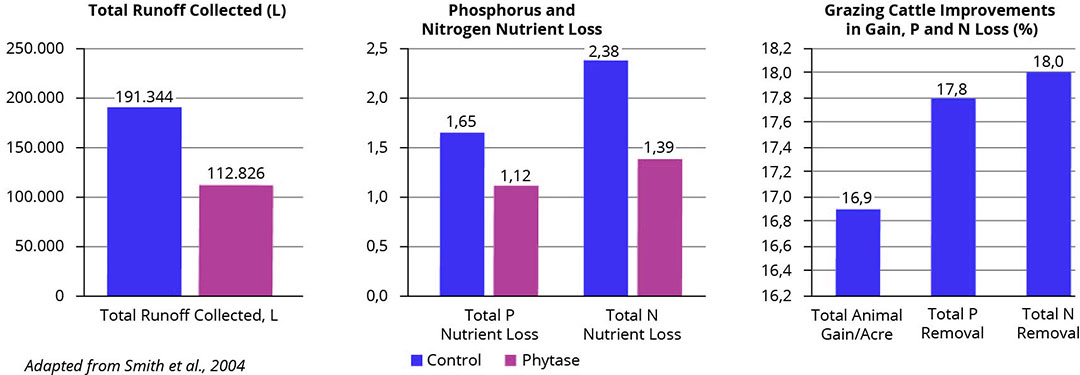
Phytase
Phytase has been a feed additive utilised in swine and poultry diets for over three decades now, primarily for its ability to utilise bound phosphorus in feedstuffs. Continued research has demonstrated that it also can improve protein and amino acid digestibility. The University of Arkansas was one of the first groups to demonstrate that supplementing swine diets with phytase had the ability to reduce ammonia emissions by 26% and ultimately N runoff loss. This work was part of the AR Water Grant that also investigated long term runoff and soil nutrient retention. Through their work they demonstrated that both total and soluble P was reduced in the manure and in runoff. Additionally, when the same plots were utilised for grazing by cattle they demonstrated over a two-year period a 17% improvement in gain per acre, and a 18% increase in P and N removal through grazing (Figure 1).
This trial demonstrated a true sustainable approach to livestock production before regenerative agriculture became a new buzzword. Ultimately, phytase research has continued to provide strategies to producers for continued growth performance and efficiency, while also utilising less digestible feedstuffs in neonatal diets.
Figure 2 – Using protease in broiler diets on the N content and manure emissions during storage.
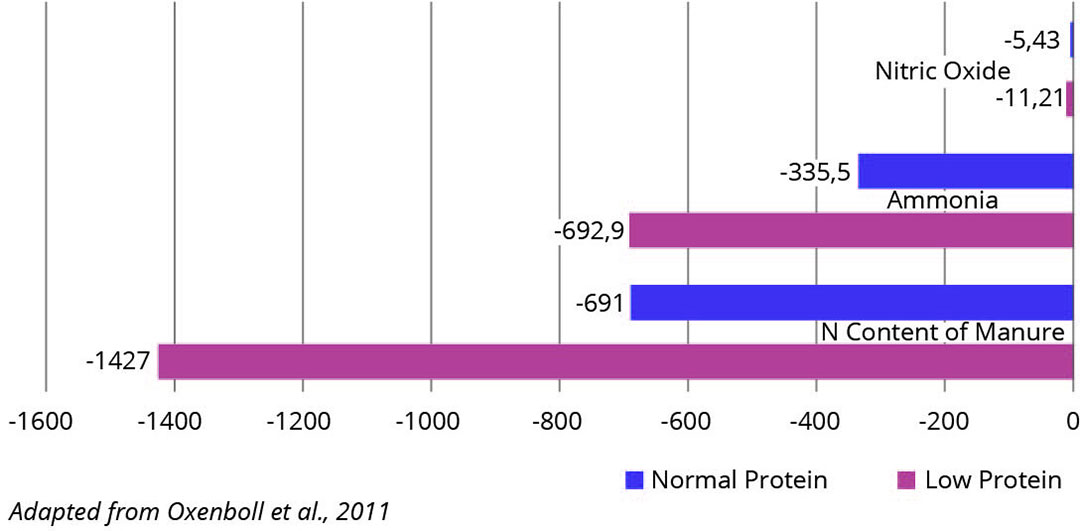
Proteases
Proteases are another enzyme that is predominately utilised in poultry versus swine rations. Using proteases enhances the protein and amino acid digestibility of lower-quality protein sources, providing a sustainable strategy for poultry and swine operations. Low crude protein diets have also been researched extensively for swine and poultry rations, with advantageous results. From an LCA perspective, protease can reduce N content in the manure and emissions in poultry systems in both low and normal protein-level diets but is more effective when utilised in low protein diets (Figure 2). Their research also indicated a reduction in eutrophication, acidification, and global warming equivalents with the use of proteases in broiler rations, especially when utilised with low protein diets.
Unlocking the secrets of the deep blue sea
As animal nutritionists look for alternative feedstuffs and approaches to mitigating emissions from livestock operations, seaweed has become an intriguing feedstuff, especially for ruminants. In the mainstream media methane burping cows are being targeted for climate change initiatives. One key opportunity for ruminant nutritionists is the use of different seaweed extracts or products, which can reduce methane production by up to 90% in herds. The benefits of seaweed go beyond methane reductions, but also improvements in feed efficiency and herd health. Additionally, kelp is relatively high in microminerals while being more bioavailable, reducing the need for mining of these traditional trace minerals. The prebiotic effects of different algae are also being utilised as strategies to replace growth promoting antibiotics and trace minerals, such as zinc and copper in swine diets.
The value of utilising the sea as a feedstuff is also even more intriguing from a land management perspective and offers limitless opportunities to harvest the sea’s grasses for livestock. Companies like Ocean Harvest Technology is taking sustainability one step further by combining the removal of plastics from the ocean with sustainable harvesting methods while providing an income source to once fishermen in Southeast Asia. The known benefits of the ocean’s grasses are just beginning to be unlocked but will play a role in the future of sustainable land-bound livestock production.
Collaboration is the way forward
Today’s feed additive research has heavily relied on researching one specific product at a specific time point of an animal’s life. To truly move the needle on efficiencies and sustainability, nutritional research will need to evolve to better understand biological interactions and synergies while finding the best approaches to applying technologies. This is just starting in today’s nutritional programmes as we add formulation models to include nutrient inputs and outputs of our systems. Furthermore, collaboration across animal health, nutrition, agronomy, and food production is paramount to fully capture and re-utilise key nutrients versus creating uncaptured emissions.
References available on request.






